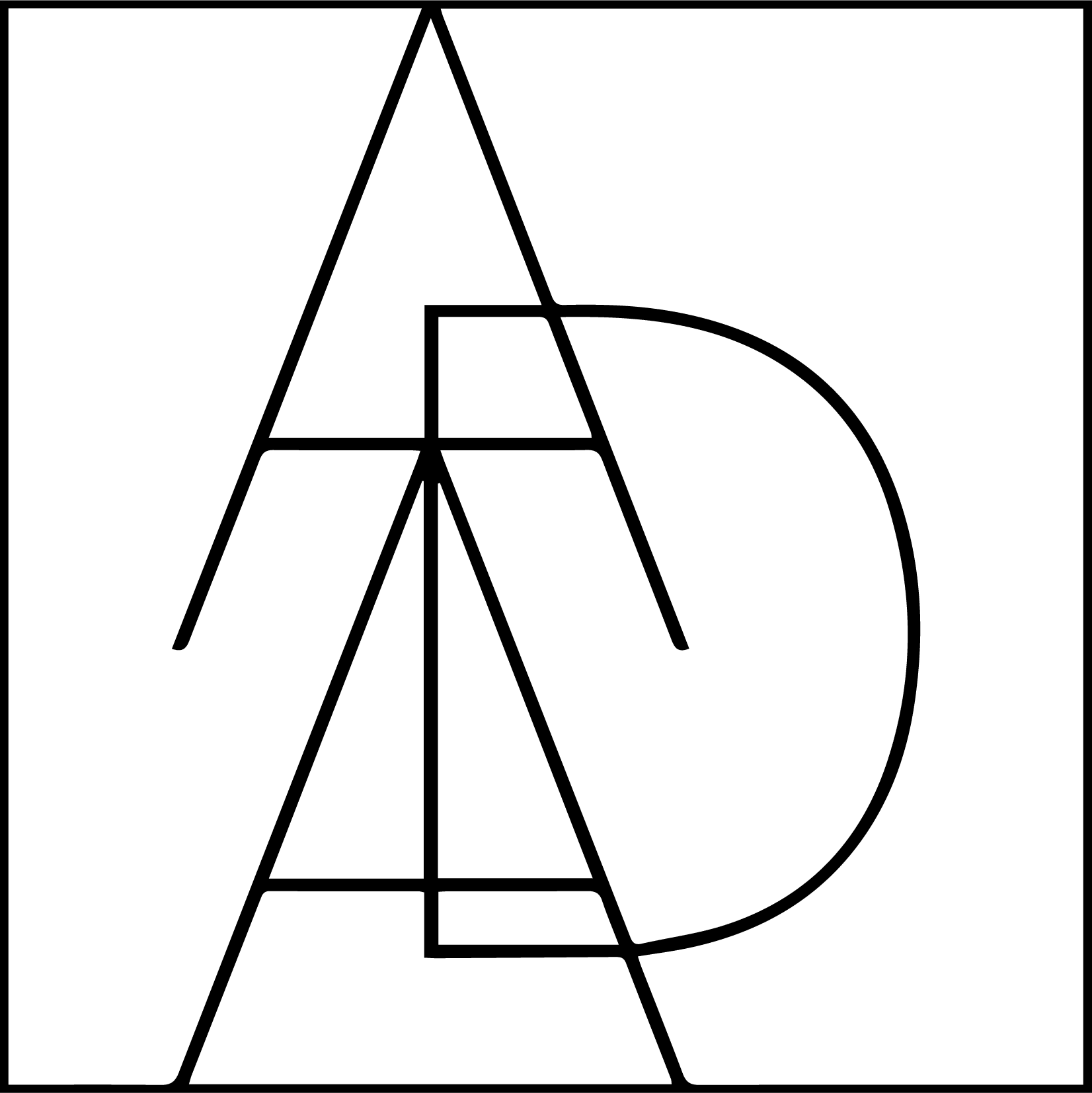Advanced Dentistry & Aesthetics
Snoring & Airway Dentistry
At our practice, we prioritize the significance of achieving restful sleep, recognizing the need for intervention if sleep disruption or excessive snoring occurs. Furthermore, we aim to educate our patients about the potential hazards associated with sleep-disordered breathing and identify anatomical risk factors leading to possible solutions.
What Is Sleep Apnea & How Can It Affect Me?
Sleep disordered breathing encompasses everything from snoring to full blown sleep apnea. Simply put, your airway is closing as you are trying to sleep. The more often it happens, the longer it lasts, and the more your oxygen drops, all increase the severity and risk of the condition. It is important to note that not everyone who snores has sleep apnea, and not everyone with sleep apnea is snoring or making noise while asleep. Additionally important is understanding sleep disordered breathing conditions of varying severity, such as Upper Airway Resistance Syndrome (UARS), and Hypopnea. These conditions can still have a significant impact on a person’s quality of sleep, and as a result, health and wellbeing.
Common signs and symptoms of sleep apnea can include waking up with headaches, excessive clenching/grinding and tooth wear, daytime sleepiness, impaired brain function, mood disorders, diabetes, reflux, high blood pressure, atrial fibrillation, chronic heart failure and increase risk for stoke, Alzheimer’s and Parkinson’s. When severe enough, the research tells us that sleep disordered breathing can cut an individual’s remaining years of life in half!
One in three adult males and one in five adult females suffer from sleep apnea. It affects people of all shapes and sizes and although excess weight can be a contributor, it is not the only factor. There is a common misconception that apnea solely affect obese males, but the reality is that we find it frequently in thin, health-conscious female as well. There is a strong argument that every adult should be screened with an in-lab or at-home study, but certainly any person identified with risk factors should be tested.

How Do I Know If I Have Sleep Apnea?
Dr. Paul Peterson and his team screen every patient for signs that may indicate a need to investigate further. It is part of every comprehensive exam and consultation.
When risk factors are identified, we discuss options for obtaining a more concrete diagnosis. This may involve a polysomnogram (PSG) sleep study performed in a sleep lab, or often a diagnostic home sleep test (HST) done with a WatchPat home recorder. In the later scenario, the test is done in your home with a sophisticated and easy to use device. The results are sent to a Sleep Physician for interpretation and returned with a diagnosis and recommendations. Test results are then provided and explained to you, including options to address any problems. We work with both local Sleep and Ear Nose and Throat Physicians. Every person and situation is unique and Dr. Peterson and his team will take the time to help you determine the best course of action or referral for your unique situation.
What Snoring & Sleep Apnea Treatment Options Are Available?
After an objective diagnosis is achieved, a customized treatment plan is made for each patient. This may involve a CPAP machine, positional therapy, referrals to other health care specialists.
In our office we offer a variety of therapies:
Dr. Peterson’s preferred appliance is one of a kind in its class. FDA-cleared for snoring and sleep apnea, it is BPBA-free and combines high-performance medical-grade materials with manufacturing robotics. It is more flexible, durable, and hygienic than other appliances on the market.
More therapies we offer
Nightlase:
Sagging tissues in the back of the throat are rejuvenated using fractional laser technology. This laser energy creates hundreds of microscopic channels in the skin. The body responds with a wound response, even though the channels fully heal within just a few hours. The response is to produce new collagen and elastin sent to “heal” the wounds, tightening the sagging skin and reducing existing inflammation. 4-6 easy treatment sessions are typical, and there is no downtime or pain with the latest protocols and equipment! We were the first in Utah to provide this amazing treatment and continue to get great feedback from our patients. They report they are breathing better when sleeping and during activities throughout the day.
Myofunctional therapy:
Like physical therapy for the tongue and muscles of the head and neck, current research shows the potential for up to 50% improvement in sleep-disordered breathing on sleep tests. Dr. Peterson and Dalton have both received over 60 hours of training from the AOMT and the entire clinical team has attended lectures with both the AOMT and The Breathe Institute. We can say we’ve seen these kinds of results in some of our patients through objective before and after testing with home sleep reports.
Tongue tie releases:
If properly diagnosed and treated, freeing up the tongue from its trapped position on the floor of the mouth can improve breathing and sleep as well as other head and neck pain symptoms. Dr. Peterson practices a functional release approach as made famous by Dr. Soroush Zaghi.
Orthodontics:
A functional approach to expansion orthodontics can create more resting room for the tongue in the dental arches, freeing up and sometimes creating much-needed airway space for breathing.

